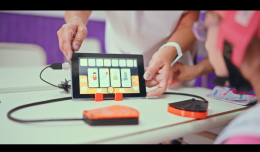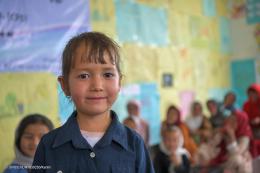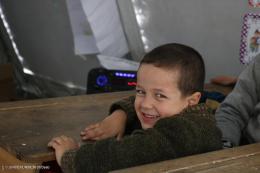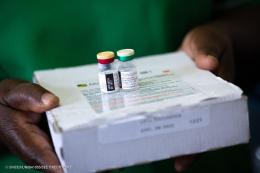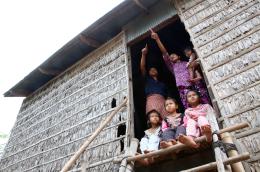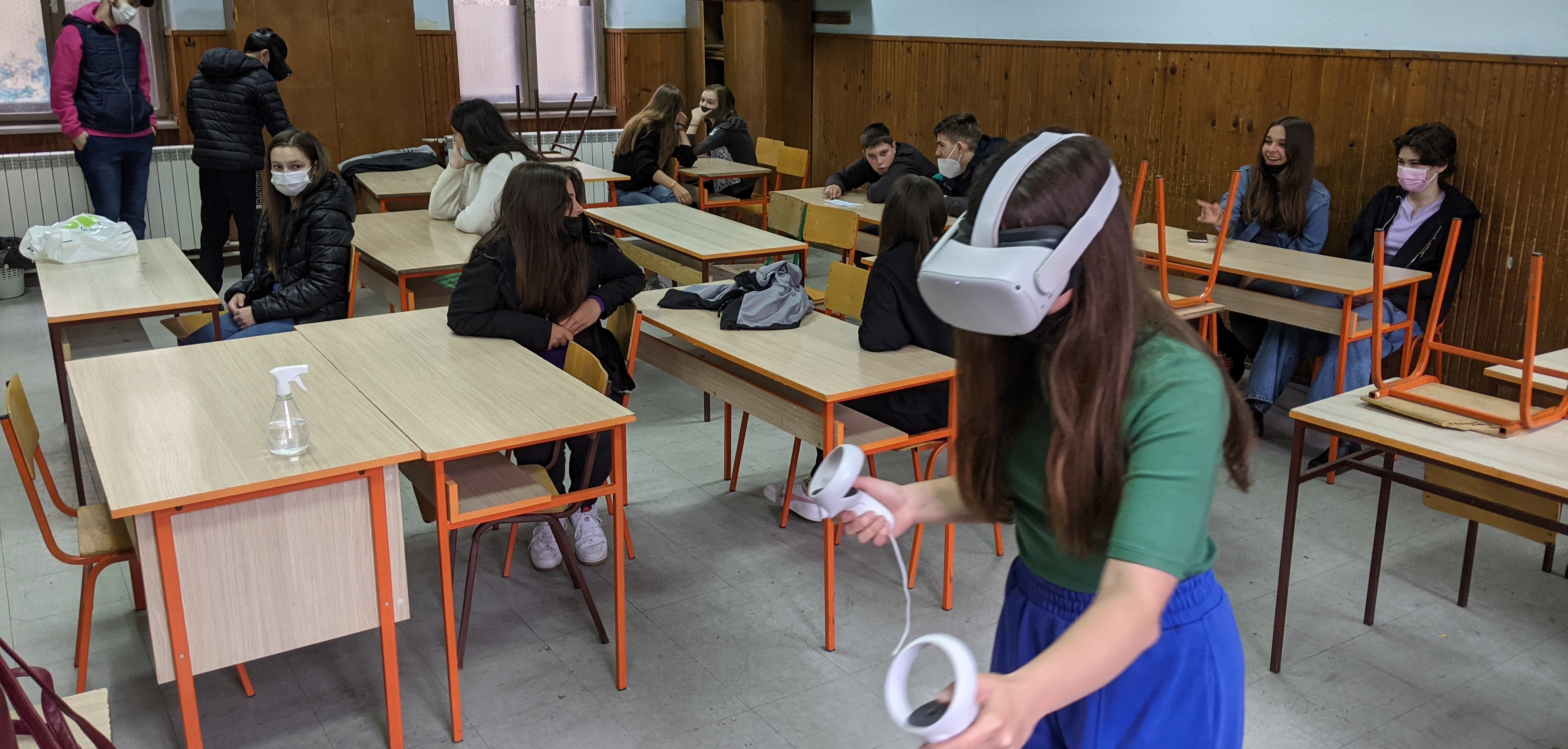The COVID-19 pandemic brought changes in the education system of Serbia - depending on the public health situation, classes varied from in-person to online instruction. This made it much more difficult for us to present our platform to students and teachers. In such conditions, we managed to hold live demonstrations for students in primary and secondary schools in Vršac.
On the other hand, the pandemic prompted teachers and students to use modern information technologies much more in the teaching and learning process. Most teachers and students are now trained to create and use electronic teaching materials, communicate online and use learning management systems.
When we tested our sample modules, we were excited that there was a lot of interest in the games. The students provided us valuable feedback and we detected problems regarding interactions that were not intuitive enough.
Research shows that educational games increase students motivation, aid knowledge retention, and increase attention.. Most students find that they can learn more easily and acquire more skills using VR, as opposed to traditional learning. In the near future, we hope we each student has the opportunity to use VR in school and believe that VR will be ubiquitous in education and industry, as are mobile devices today.
ON BEING OPEN SOURCE
Being open source allowed us to focus on the development of the product and good coding and documentation practices. As our platform covers a lot of areas we appreciate the support of the open source community because they can extend our platform for the benefit of everyone who wants to use the product.
One of the things that we want to focus on in the next period is the distribution of the content that is created by others. Our challenge will be to make a system that will be easy to deploy and host on desired locations.
Since computer science has become a compulsory subject in primary education, and one of the most popular fields in secondary education, we believe that the interface for creating VR content in our platform is simple and intuitive. Even teachers who are not computer science teachers have some form of programming in their curricula - especially teachers of engineering, electrical engineering and mechanical engineering. All K5 students start with Scratch programming and continue with Python during primary education, while much more demanding programming techniques are taught in high schools.
NEXT SET OF GOALS
Our goal is to collaborate with educational institutions that want to include VR/AR content into their curriculum and transfer their educational material into a new medium. The subjects we have targeted belong to the natural sciences and technical sciences, but the platform is usable for any subject - everything is in the hands of the creativity and imagination of the teacher.
The UNICEF Innovation Fund helped us define our Open-source strategy and gave us valuable feedback to better understand how to approach the educational sector and what are their previous experiences regarding the introduction of VR in schools.
Related Stories
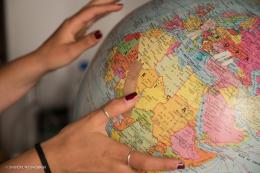
AGUA: Revolutionizing Global Collaboration for Funding Transparency (with Growth Graduate Atix Labs)
